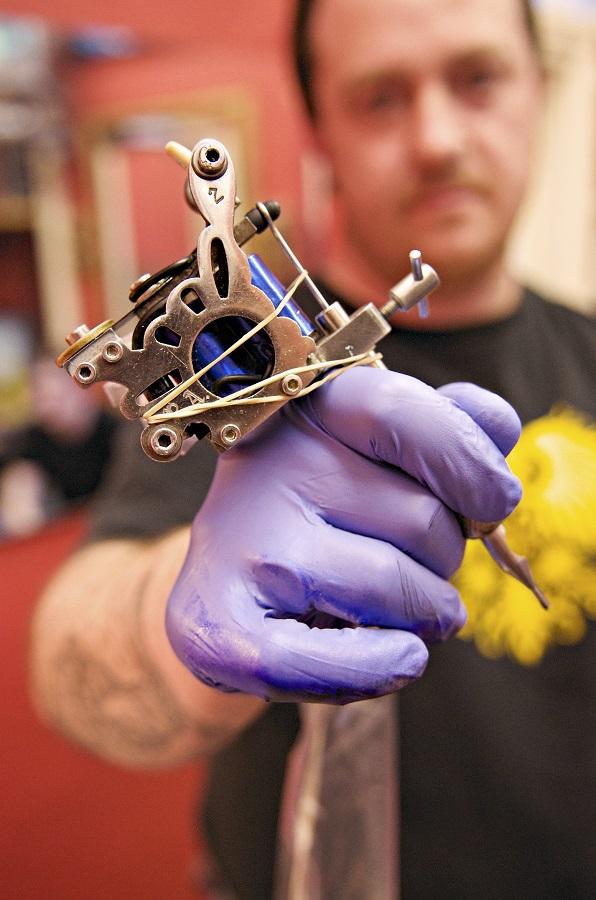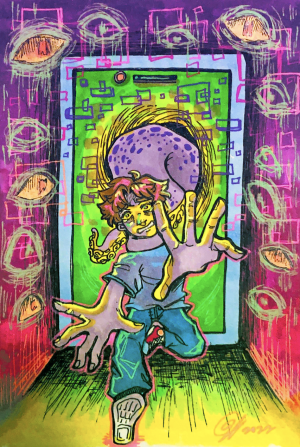Tattoos can pose risks to people
December 2, 2014
Tiny needles puncture the skin over and over, injecting iron and mercury into the dermis. This is how “tattoos” are created.
Two types of machines, rotary and standard two coil, insert five to seven needles to inject the ink. The standard two coil engages magnetism to move the needles while the rotary uses an electric motor in driving the needles into the skin.
The skin consists of three layers – epidermis, dermis and hypodermis. Needles in the tattoo machine insert ink into the dermis layer about a millimeter beneath the skin’s superficial layer by puncturing the top layer.
Tattoo ink consists of pigments and a carrier which transport the pigment into the dermis. Carriers consist of ethyl alcohol, denatured alcohols and methanol. Pigments consist of iron oxides, mercury, lead, cadmium, nickel and aluminum.
“I feel like they (young people) think it’s a good idea, but they don’t consider the effects that the content of the ink has when they get older,” said senior Leeyannah Santos.
Tattoos pose such risks as scarring, infections, complications with MRIs and granulomas, small bumps that can form if and when the body identifies a material as foreign, such as tattoo ink within the dermis. MRI complications can also occur as the magnetic resonance imaging can cause the tattoo to burn or swell.
“I was aware of the risks. The artist who had done my tattoo is a family friend, so he was able to sit down with my parents and me prior to getting the tattoo to talk everything over,” said senior Laurell Pascua.
Following the natural aging process, body art fades over time, especially with excessive sun exposure. As skin ages, so does the tattoo. Sagging skin can distort a tattoo’s initial image.
“Tattoos become part of your skin, and your skin is deteriorating from the get-go, so get ready for that,” said well-known tattoo artist Lyle Tuttle in an interview with the San Jose Mercury News.





























